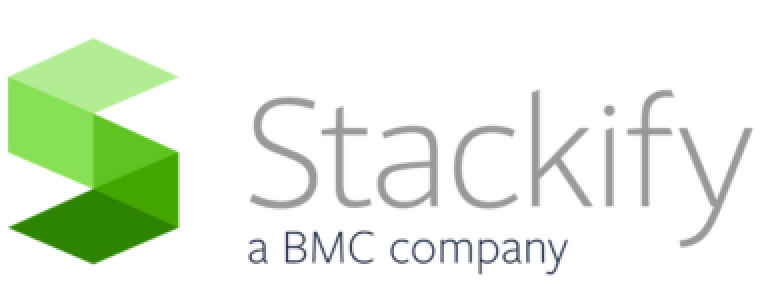Node.js on Windows
- 1 Minute to read
- Print
- DarkLight
- PDF
Node.js on Windows
- 1 Minute to read
- Print
- DarkLight
- PDF
Article summary
Did you find this summary helpful?
Thank you for your feedback!
Prerequisites:
- Supported Node.js Technologies
Since Prefix and Retrace share the same modules/profiler, the supported frameworks between the two products will be the same in most cases.
1. Download and install the Prefix installation file:
Check out the Getting Started Prefix page to download and install Prefix on your workstation.
2. Get the latest Stackify Node.js Profiler for Prefix:
npm install stackify-node-apm --save
3. Configure the Application to use the Profiler with Prefix Enabled:
- Copy
node_modules/stackify-node-apm/stackify.jsinto your application's root directory and modify Application Name and Environment Name. - Add
prefix_enabled: trueto the stackify.js file.
/**
* Stackify Node APM Configuration
*/
exports.config = {
/**
* Your application name.
*/
application_name: 'Node Application',
/**
* Your environment name.
*/
environment_name: 'Production',
/**
* Enable Prefix.
*/
prefix_enabled: true
}
4. Initialize the Profiler:
- Add
require('stackify-node-apm')to the top of your application's main module.
5. Verify application requests show up in Prefix
Was this article helpful?

